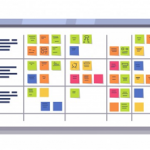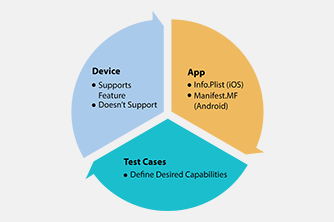
“Testing Applications on the web” – 2nd Edition
Authors: Hung Q. Nguyen, Bob Johnson, Michael Hackett
Publisher: Wiley; edition (May 16, 2003)
This is good book. If you test web apps, you should buy it!, April 20, 2001
By Dr. Cem Kaner – Director of Florida Institute of Technology’s Center for Software Testing Education & Research
Book Reviews at Amazon
Great book – everything you need to know about web testing.
This book is excellent for learning about “testing applications on the web
I borrowed this book’s first version and liked it very much. Since I can’t find the first version anywhere, I have to buy this new version. I wanted to buy at Amazon in order to save my time driving to bookstore, plus it is cheaper here. I was worried if this book has the sections I need which were in first version. This –Search inside this book– is superb!! At first, I did not realize it has the whole “contents” list. Then I realized if I click on “next”, it will show you the complete “contents”. I saw the chapter that I need and ready to buy it. Very happy with this feature–Search inside this book. There is no doubt this book is superb for QA engineer.
I am a software developer that had to create an automated performance web testing system. This book (along with two others) provided my with a good overview on best practices for creating my “Internet Macros” for performance web testing.
This is more than a minor update of the first edition of this highly regarded book – it’s a major rewrite with added material on mobile web testing.
As in the earlier book, this one clearly shows the differences between traditional testing and web testing, which will provide QA professionals who are moving from older environments into web-based systems an orientation and direction. For new QA professionals the chapters on software testing basics, networking and web application components provide a solid foundation. The chapter on mobile web application platforms is unique to this book, and adds true value. Other core material includes test planning, and a sample application and test plan to add realistic scenarios to the material.



















